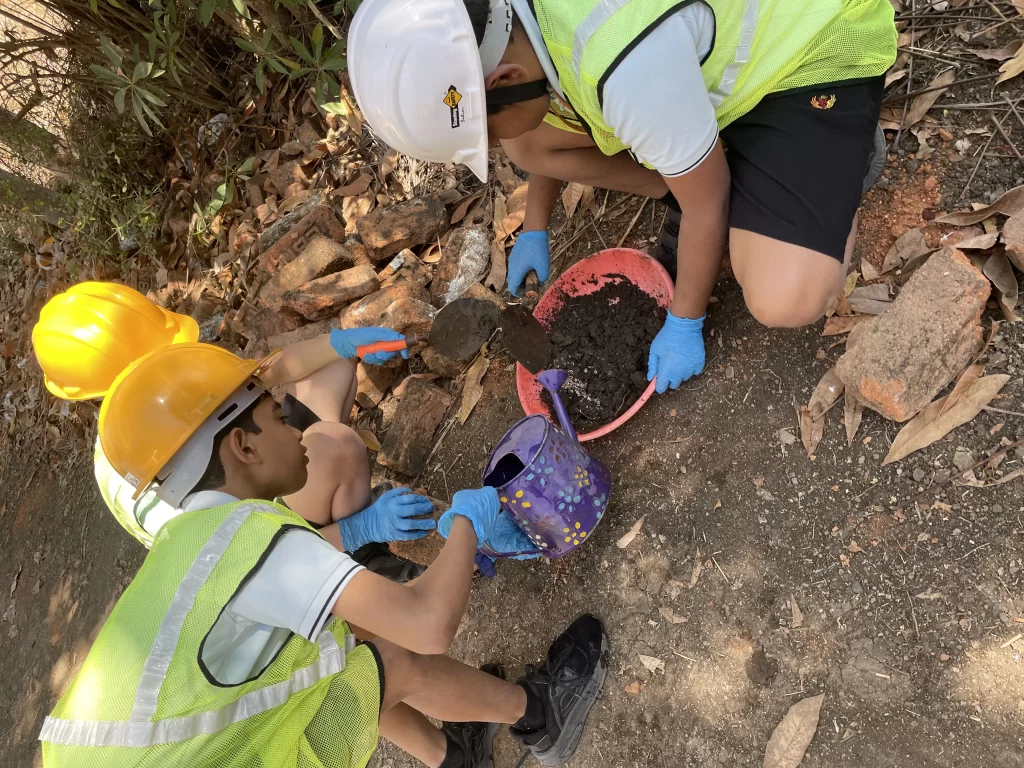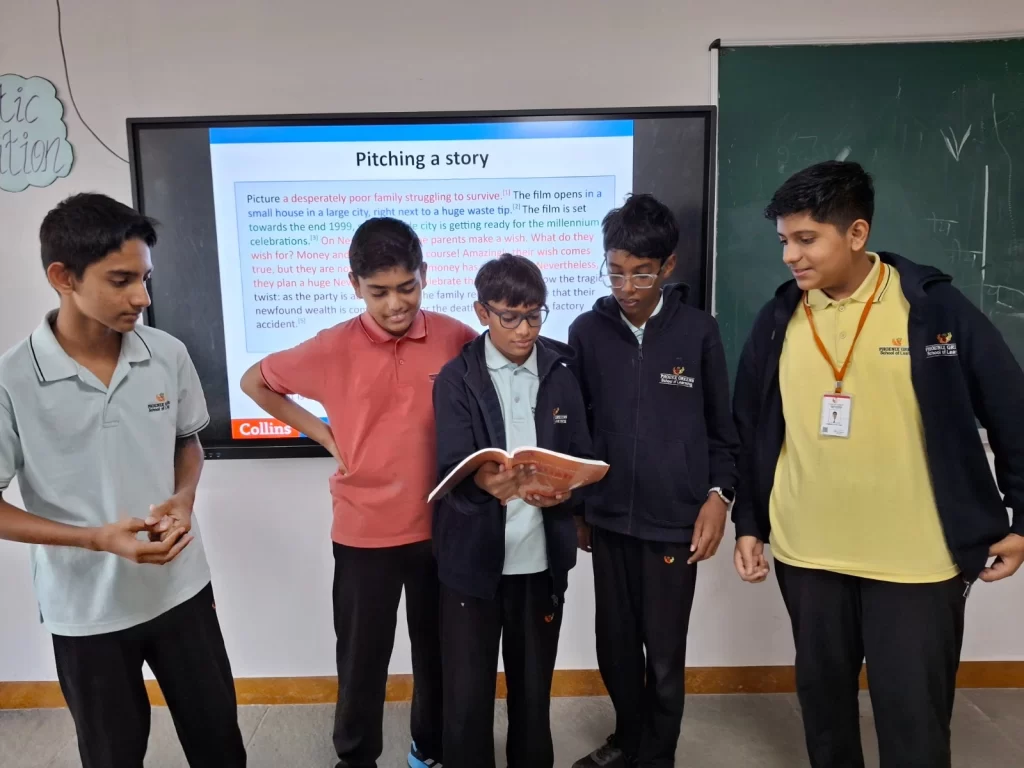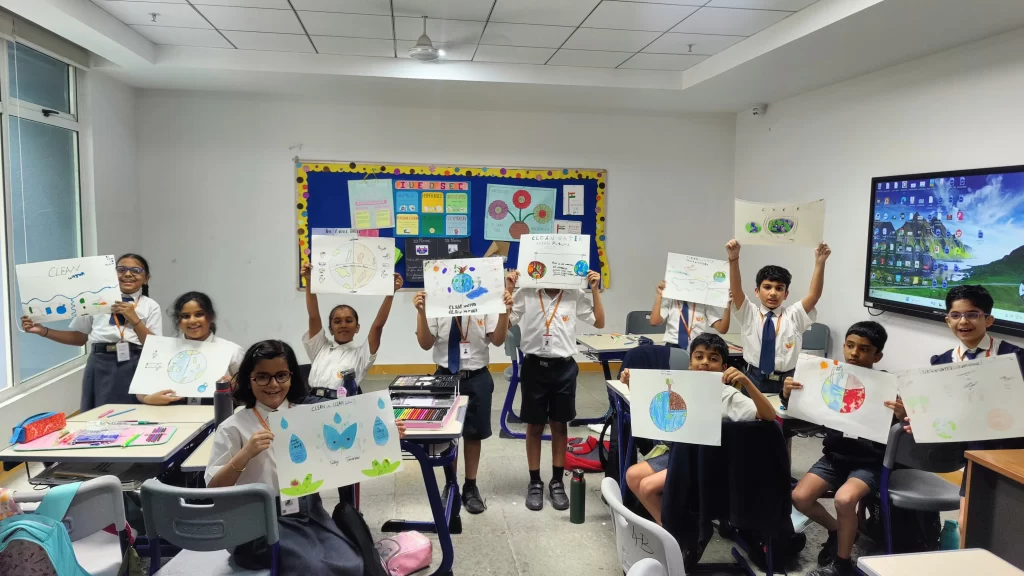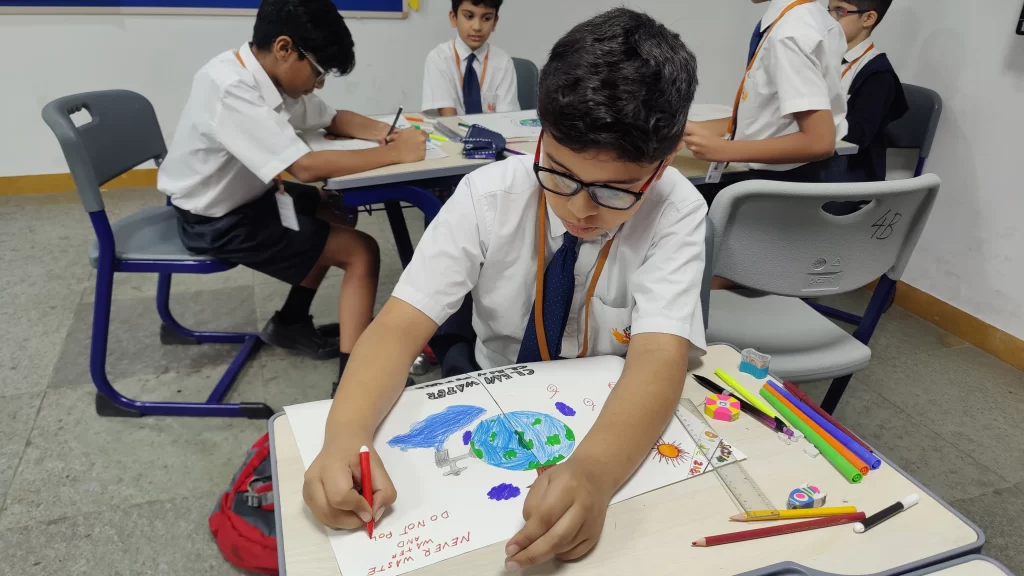Creativity: An Integral Component of the Cambridge Curriculum at Phoenix Cambridge
As a teacher at Phoenix Cambridge, I’ve had the privilege of witnessing firsthand how creativity is seamlessly woven into every aspect of the Cambridge Curriculum. Creativity isn’t just an isolated skill that students develop through art or music classes; it’s a fundamental part of the learning process, present in everything they do. It encourages students to think differently, approach problems in original ways, and constantly strive for innovation.
1. Cross-disciplinary Learning: Building Bridges between Subjects
Perhaps the most thrilling aspect of the Cambridge style is the way it integrates cross-disciplinary learning. We don’t merely learn subjects separately at Phoenix Cambridge. Rather, we teach students to make links between subjects.
For example, in Grade 5, students participated in a hands-on project where they were tasked with constructing a small, eco-friendly outdoor birdbath. As part of the project, they mixed cement, and the teacher explained the science behind materials like cement—specifically, how it hardens when water is added and how it’s used in construction. The math aspect came into play when students measured the correct proportions of cement, sand, and water to create the right mixture for their project. On the artistic side, students designed their birdbath by drawing their plans on paper and decorating it with paint or colourful stones. This project allowed students to engage in physical tasks such as mixing cement, while also applying their knowledge of science, math, and art to complete a creative and meaningful structure.


2. Artistic Expression and Creativity: A Safe Space for Imagination
In areas such as art, drama, and literature, creativity is the focus. These topics provide our students with a unique chance to express themselves beyond the boundaries of standard academic topics. As an educator, it’s truly fulfilling to see students compose a work of art, write a new play, or immerse themselves in the world of literature.
In our Grade 7, learners engaged in “Pitching a Story” activity, whereby the learners were active in their art and imaginative minds by conceiving unique stories and presenting them through different media.


3. Real-World Problem Solving: Thinking Outside the Box
Creativity is also developed through real-world problem-solving. Cambridge students are constantly given projects addressing issues of our time, such as environmental problems or technological advances. These projects challenge students to think critically and creatively regarding how they might be able to help solve things. It’s wonderful to see them brainstorm ideas, work with others, and develop prototypes for possible solutions. As an educator, I find that this kind of learning not only hones their creative mind but also helps prepare them for the future by demonstrating how innovation can have real-world impact on global problems.
A “Clean Water, Clean Future” science project was assigned to our grade 4 students. Students were faced with real-world challenges that motivated them to think creatively. The project was centered on innovative solutions for worldwide water shortages and pollution, allowing students to have a hands-on solution to a relevant problem.


Creativity is not only a foundation of the curriculum at Phoenix Cambridge—it is infused into how we teach and learn. It inspires our students to think differently about problems, think interdisciplinarity, and use their knowledge in new ways. By nurturing this spirit of creativity, we are not just preparing our students to excel academically but to be tomorrow’s problem solvers, innovators, and critical thinkers.






